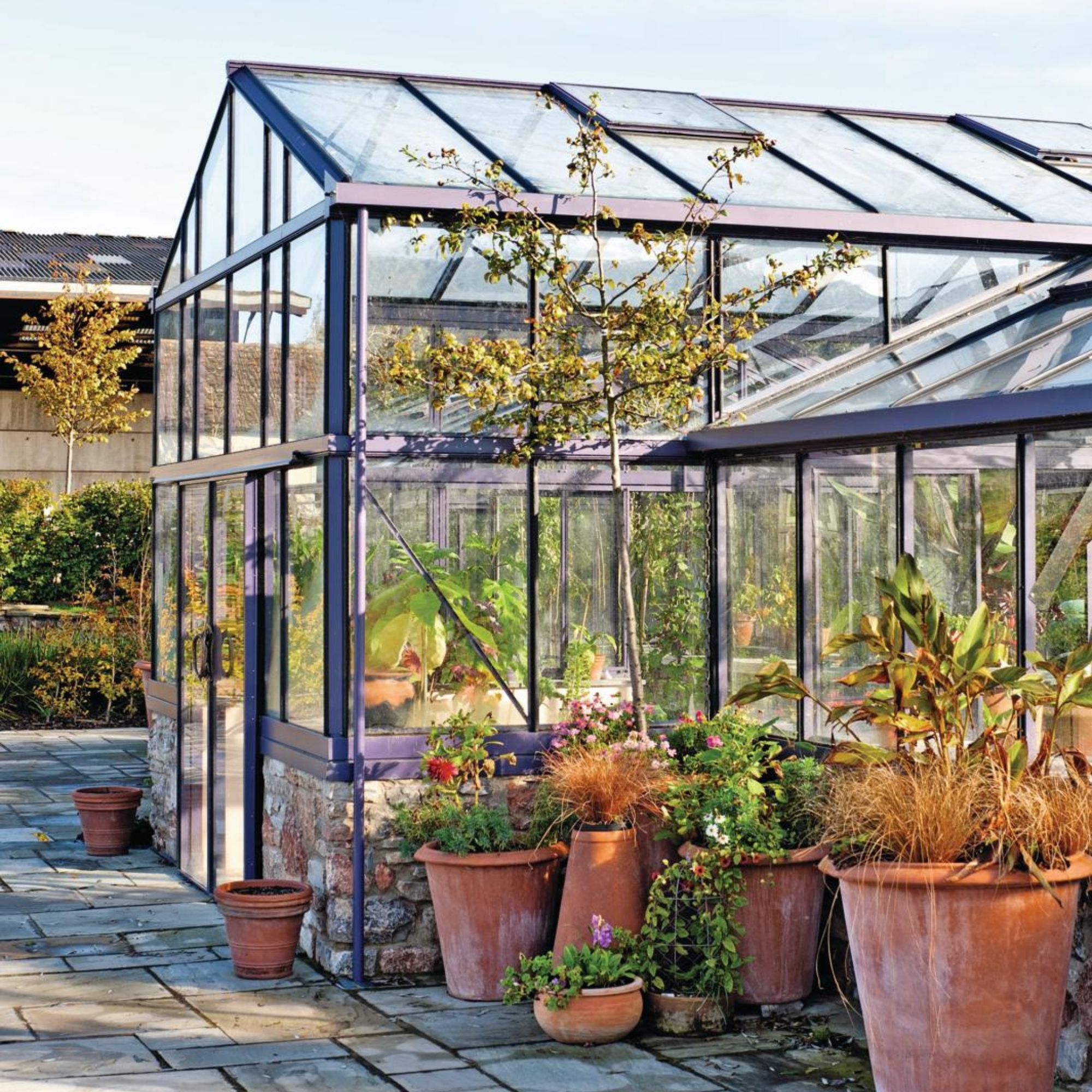
January is nearly always when the worst of the cold weather hits and prime time to learn how to protect plants from frost. This week the weather forecast is predicting an Arctic blast sweeping across the UK, with amber warning alerts out for most of the country, things are about to get very cold indeed and your plants need your help.
Overwintering is crucial for a happy garden over the winter months, and if you haven't already invested in the best plant covers for winter or stowed them inside you need to act. While it is possible to recover plants from frost damage the best cure is always prevention.
Gardena Grow Your Own expert, Huw Richards recommends using the 4-degree rule when protecting plants. 'Whenever an evening temperature is forecasted to be 4 ̊C or below, make sure all tender annuals are protected; close the hoop beds, place biodegradable fleece, over plantings, and bring peppers indoors.'
So with that in mind, here are some other quick and easy tips from gardening experts that will protect your plants from frost.
1. Protect delicate plants with plastic bottles
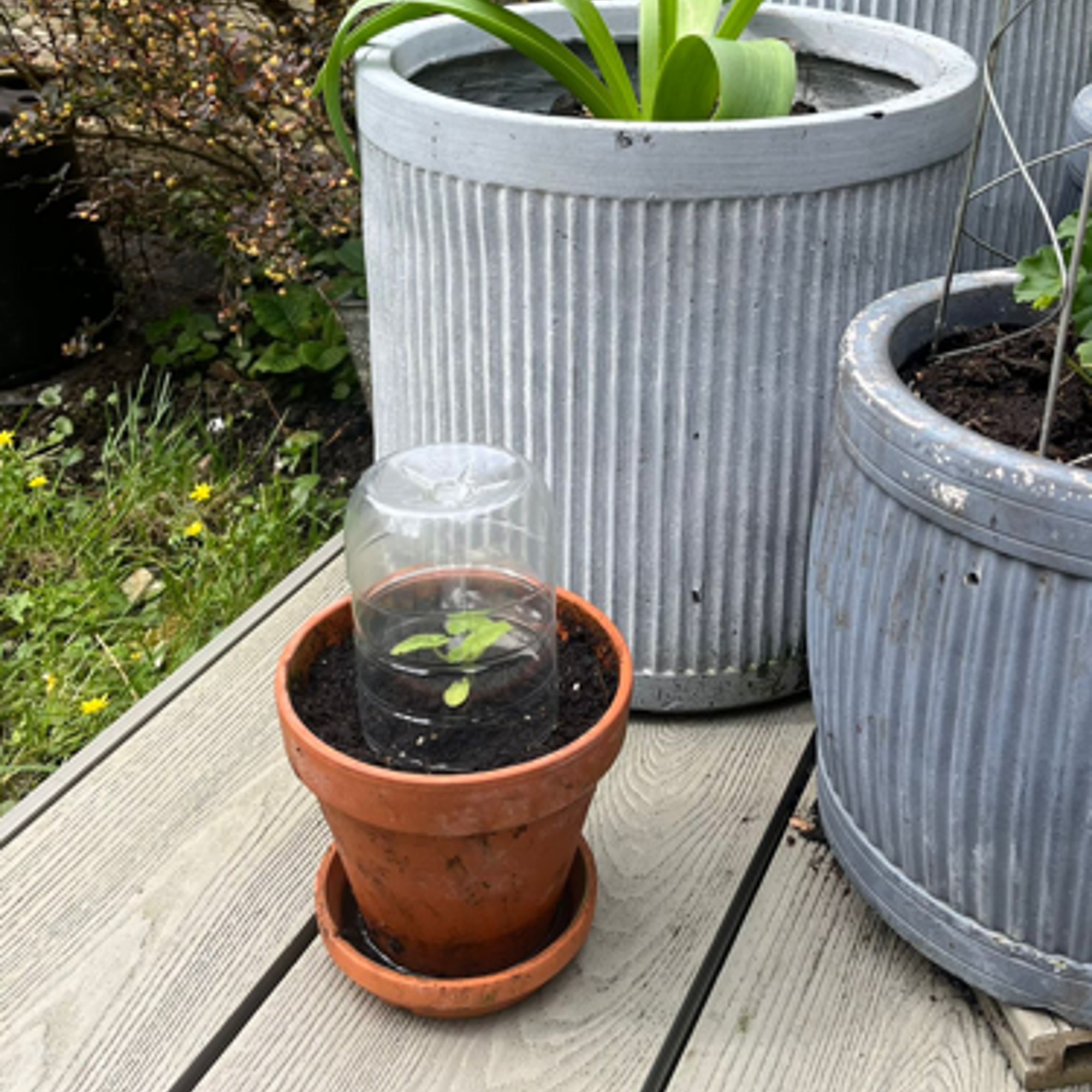
You don't have to spend a fortune to protect plants from frost; for example, you can recycle old plastic bottles to use instead of a cloche to protect plants in winter
'Recycle your plastic bottles and create a homemade mini cloche, by cutting the top and bottom of the bottle and placing it around the plant, to protect delicate leaves on young plants from chilly temperatures,' says Jack Sutcliffe, founder of Power Sheds.
If you're on an upcycling kick, he adds that you can also 'line the floor and walls of your shed with old rugs or offcuts of carpets to insulate and protect your shed from any potential mould or damp that could build up and damage belongings'.
2. Wrap plants in fleece to protect from frost
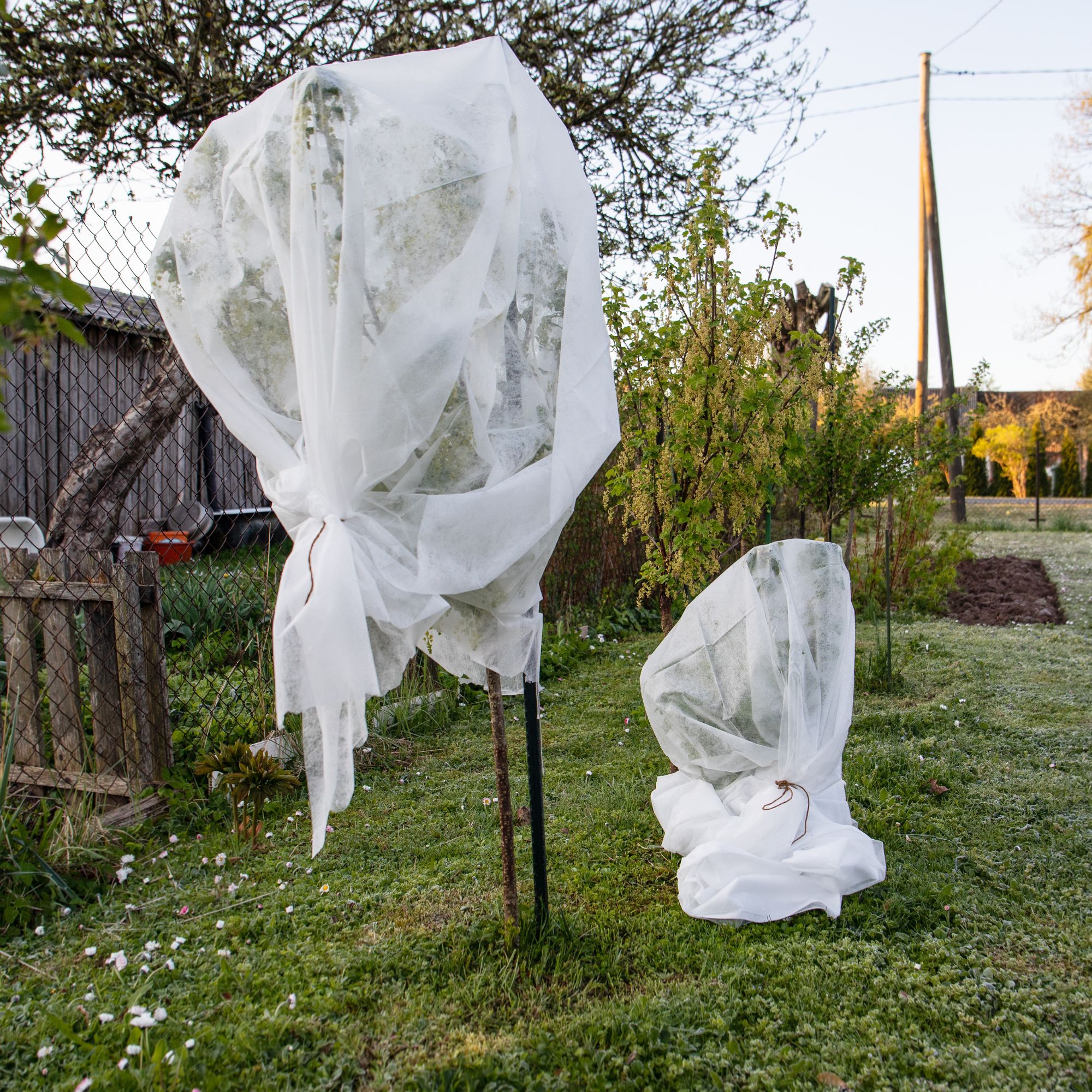
'Larger, more tender plants may need fleecing to help protect them from the cold and frost, especially if there is a forecast drop in temperature,’ says Andrew Lawson, head gardener at the world-famous Tresco Abbey Garden.
‘Fleecing is a thin, nonwoven fabric which is used to protect both late and early crops and delicate plants from cold weather and frost. It’s very easy to use: simply wrap your plant with it (make sure it’s not too tight), or put it on top of your patch, while making sure it’s nice and secure with pegs or string.’
'Biodegradable fleece is the best insulation option, with some offering protection down to -5 ̊C,' Huw Richards. 'Early season plantings will benefit from a permanent layer of lightweight fleece for the first three or four weeks to raise the ambient temperature.'
Alternatively, Jack suggests using old bedsheets. 'Placing a lightweight bed sheet over ground plants helps to prevent any gaps of cold air from seeping into leaves and flowers,' he says.
Whichever you choose, remember to remove the cover during the day so that your plants can gain nutrients from the sun.
3. Bring pots inside to protect them from cold

Overwintering is one of the best ways to protect plants from frost, but it's also worth remembering that you can move potted plants indoors if a frost warning has been issued, as long as the pots aren’t too heavy to lift.
‘Potted plants can be moved into a shed or garage overnight to protect them from frost,’ says Nick Hamilton, head gardener at Barnsdale Gardens.
If you’re fortunate enough to have a greenhouse or similar, then move outdoor pots there until the cold snap has passed.
‘If you have plants in pots outside, now is the time to think of moving them into a well-lit position in a conservatory or cold glasshouse to keep them fairly dry as cold and wet together is usually more damaging,’ adds Andrew.
4. Wind bubble wrap around your pots
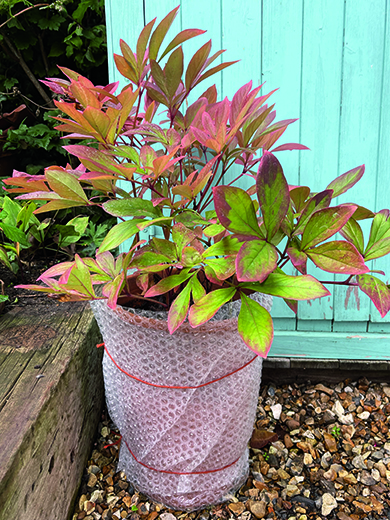
When sussing out how best to protect plants from frost, you can't wrap plants in bubble wrap, but it can be wrapped about the pots themselves to protect against frost. Use it to insulate pots, which will protect both the soil and roots of the plants from freezing in frosty weather.
'Trap warm air around your potted plants by wrapping the pots in bubble wrap,' suggests Jack. 'Cold weather, particularly frost, causes the water in plant cells to freeze, but bubble wrap can help them to survive windy winter weather.'
Wrapping pots will also help to prevent containers from cracking as they freeze and thaw in cold weather, so this is a good tip if your patio ideas feature lots of colourful containers that you don't want to split in the frost.
Kate Turner, gardening expert at Miracle-Gro adds that, for even more protection, you should 'group containers together and near a wall or under trees and shrubs.’
Huddling the containers together can help to protect them when there’s a big freeze from sudden frosts.
6. Cover plants in mulch
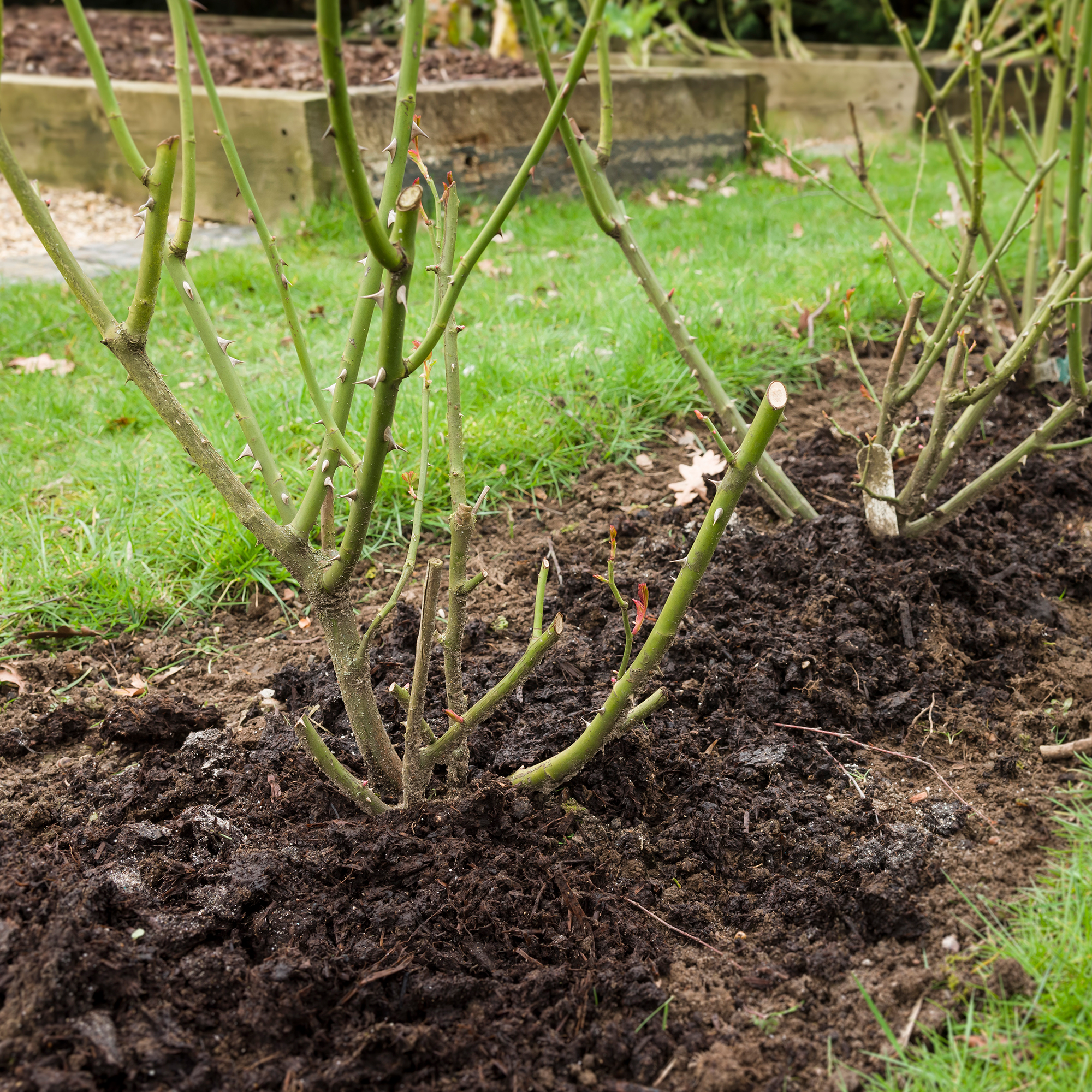
If you're looking for more ways to protect plants from frost, remember that mulching is a brilliant way to offer an extra layer of insulation to plants.
'Spread the mulch evenly around the base of fruit trees, shrubs, and roses, taking care not to pile it against stems or trunks. A layer about 5-7cm thick is ideal,' recommend the horticultural experts at Cherry Lane Garden Centres. 'Mulching now not only protects roots from frost but also encourages healthy growth when spring arrives.'
Kate from Miracle-Gro recommends Miracle-Gro Fibresmart mulch, available at Amazon for the job.
If you don't have any mulch or horticultural fleece Nick has a temporary solution, ‘Mound some bark or soil temporarily over the crown of the plant to protect it – if you don't have either, then newspaper would do,’ he says.
This works for more tender perennials that are planted in the ground, so can’t be moved – so be sure to use it for your flowerbeds and garden border ideas.
7. Pack your trees with straw
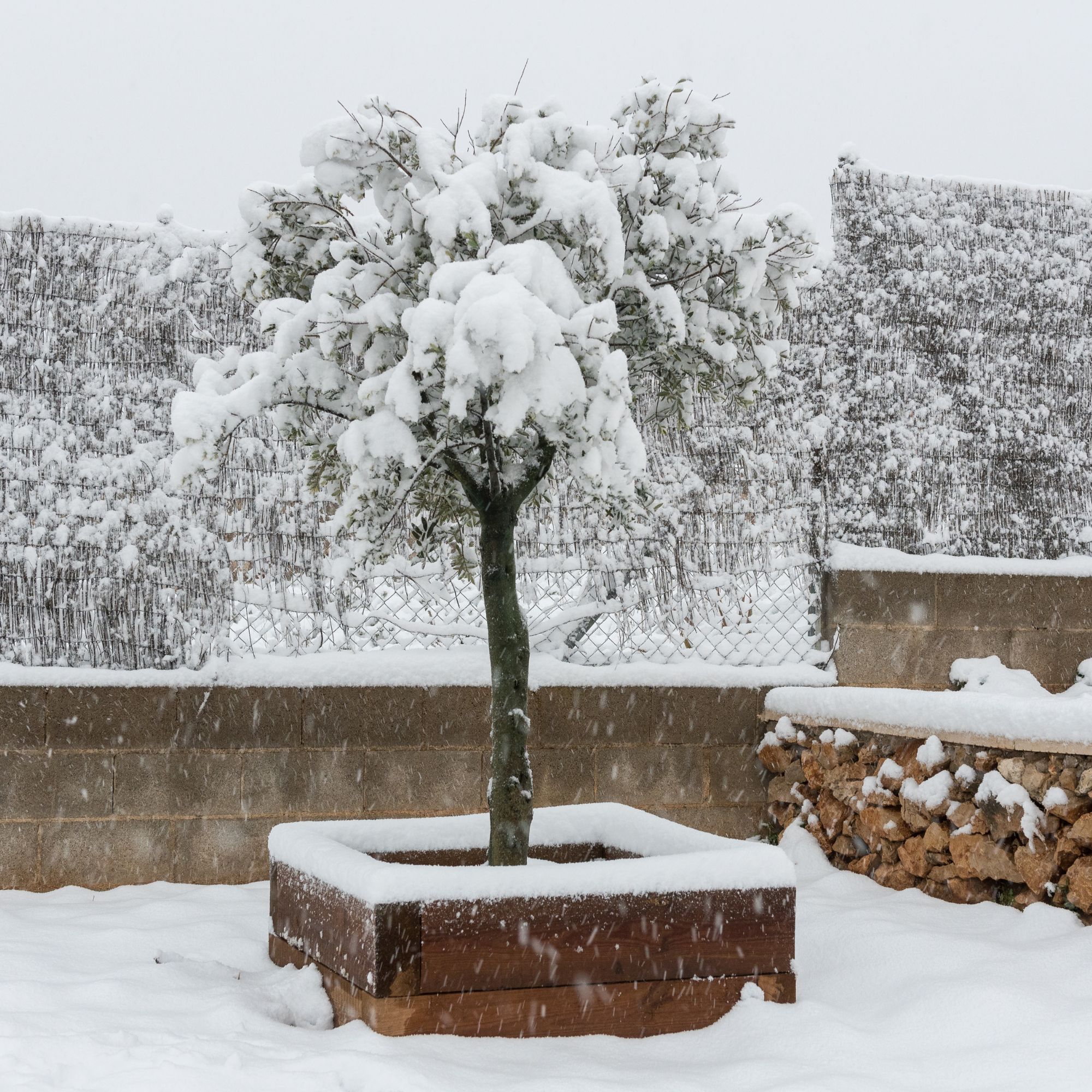
Just as you might pop on a puffa jacket to keep you warm on a cold day, the same is true when it comes to finding ways to protect plants from frost. And, if your garden is filled with the best trees for small gardens, it's well worth wrapping them with straw.
‘You can protect your trees and shrubs from frost by packing the branches with straw or bracken, and securing this with fleece and ties,’ says Kate Turner, from Miracle-Gro.
‘At the same time, check your tree ties and stakes and replace, tighten or remove as necessary, ready for any stormy weather.’
Remember, though, that this is not the speediest fix, so you may want to try it when the weather forecast is predicting a prolonged cold snap, or at the start of the winter (think of it as your trees’ winter wardrobe).
8. Got a greenhouse? Keep it toasty
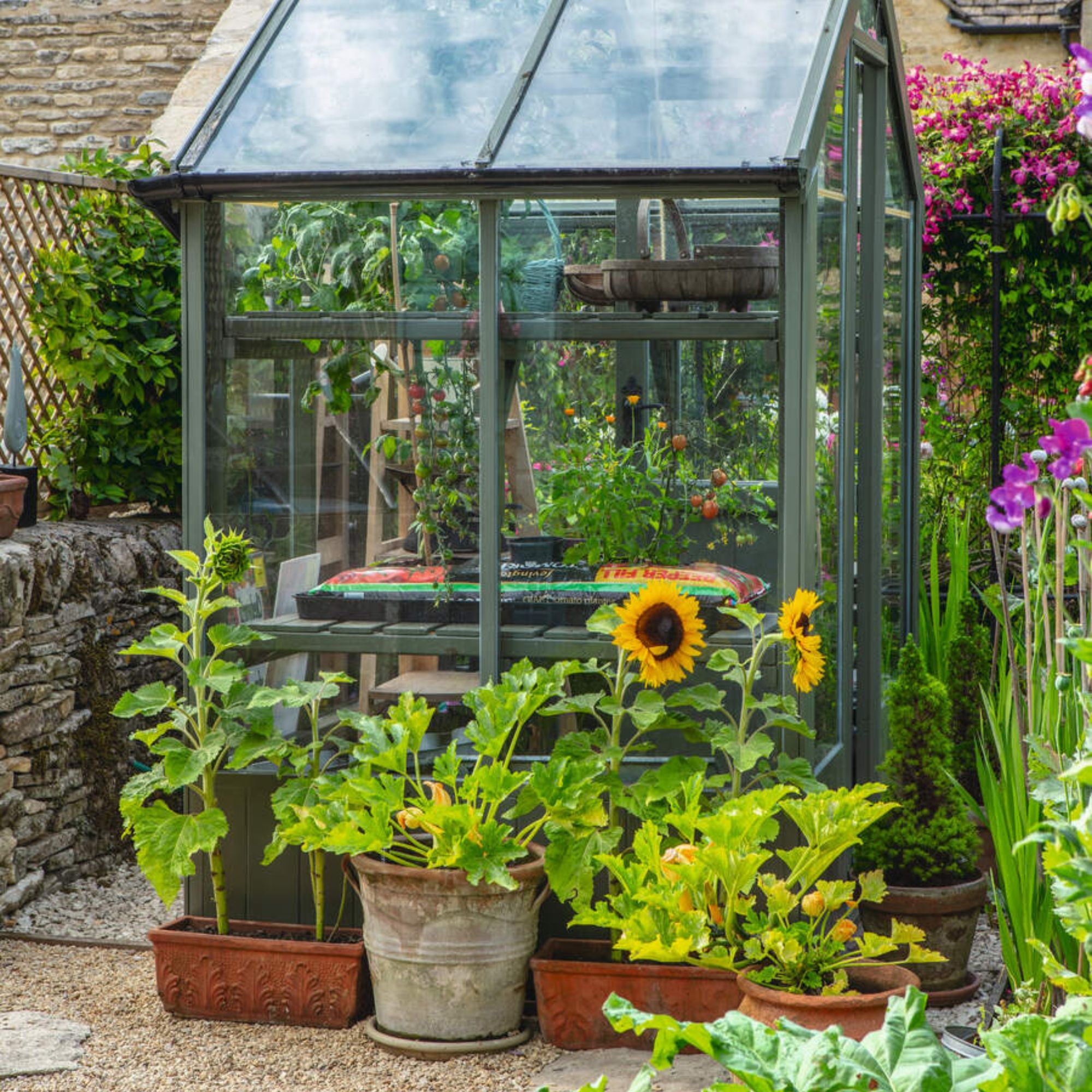
'When there is a sudden frost, keep an eye on greenhouse temperatures. A night minimum of 4º or 5ºC is a safe temperature to maintain if you want to be safely buffered against severe snap frosts,' advises Tom Barry, CEO of Hartley Botanic.
The easiest way to do this without actively heating your greenhouse is to consider insulating the greenhouse, says Julian Palphramand, Head of Plants at British Garden Centres. She adds: 'Horticultural bubble wrap is an excellent choice for maintaining a stable temperature and protecting your plants from frost when the temperature drops outside of the greenhouse.'
You can spread horticultural fleece over vulnerable plants during excessively cold spells, but there's another way to warm the soil and to protect your plants from a sudden frost.
'One of the most economical heating techniques is simply to warm soil, either in a bed or propagation bench. Soil-warming cables provide heat where it is most needed, at the roots, so even if top growth is cold-damaged, the roots will survive,' explains Tom.
'Cable is safe and easy to install and, with a thermostat, lets you control soil temperature more accurately. It is particularly useful for protecting young plants in cold times of the year.'
This warming cable is available in 3m to 48m and a thermostat control range between 16 - 40ºC.
9. Water plants
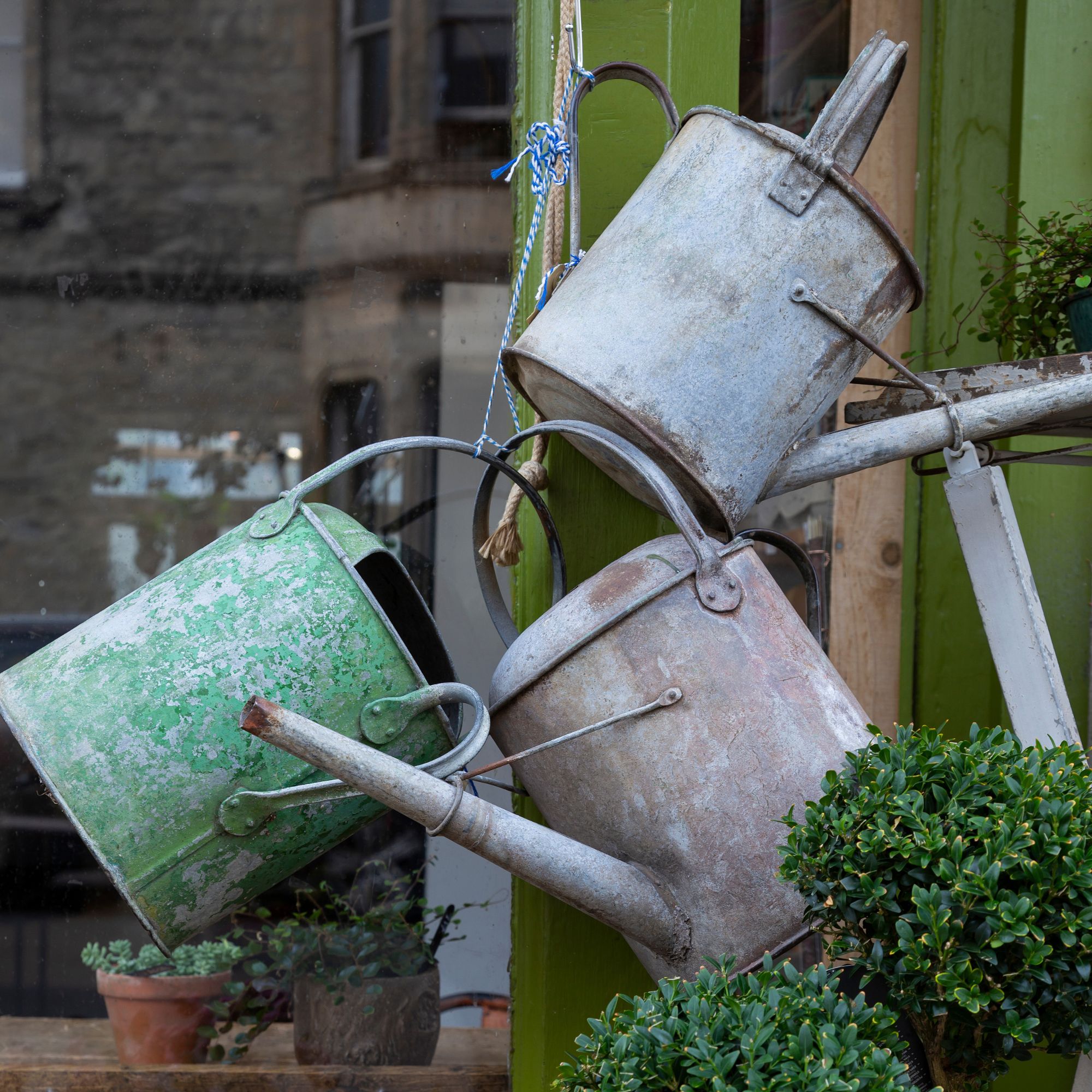
It may seem counterintuitive – after all, frost is just frozen water, right? – but the experts say to water your plants before any sudden frost.
'This will ensure they have received essential nutrients and are standing strong when the frost arrives,' explains William Mitchell, owner of Sutton Manor Nursery.
Watering ensures your plants don't get dehydrated as they can't absorb frozen water. 'Also, the moist ground will also stay warmer than it would if the soil was dry,' says William. 'But note that watering plants isn't necessary if it is going to rain before the frost comes, or if temperatures are already freezing.'
FAQs
How can I protect my potted plants from frost?
If you want to protect potted plants from frost, try moving them to a sheltered part of the garden (such as against a south-facing wall) and provide some extra protection by wrapping the pot in bubble wrap.
Grouping them together, too, is an excellent way to help them keep warm. Or, of course, if you have a shed, garage, or greenhouse, you might consider popping them undercover when things get very chilly.
How can frost damage my plants?
Frost affects plants in two main ways. The first is that the freezing temperatures cause the plant cells to freeze. When the weather warms up again, the cells can burst as they thaw, causing damage to the plant.
Surprisingly, lack of water and dehydration is another problem caused by frost.
'When soil or compost freezes for any length of time, roots are unable to take up water and the whole plant will show signs of drought and may eventually die,' explains Kate.
'Short-term frost damage can often be reparable but rapid thawing can be fatal, as can long-term extreme frost.'
'Black scorching and brown patches on leaves are telltale signs of frost damage,' advises Kate, from Miracle Gro. 'You might see wilting and shrivelling leaves turning black and the stem of the plant tipping over. You’ll also notice your plants being pushed up from the soil in the ground.'
Now that you know how to protect plants from frost, it's time to wrap up warm and get outdoors, stat!







